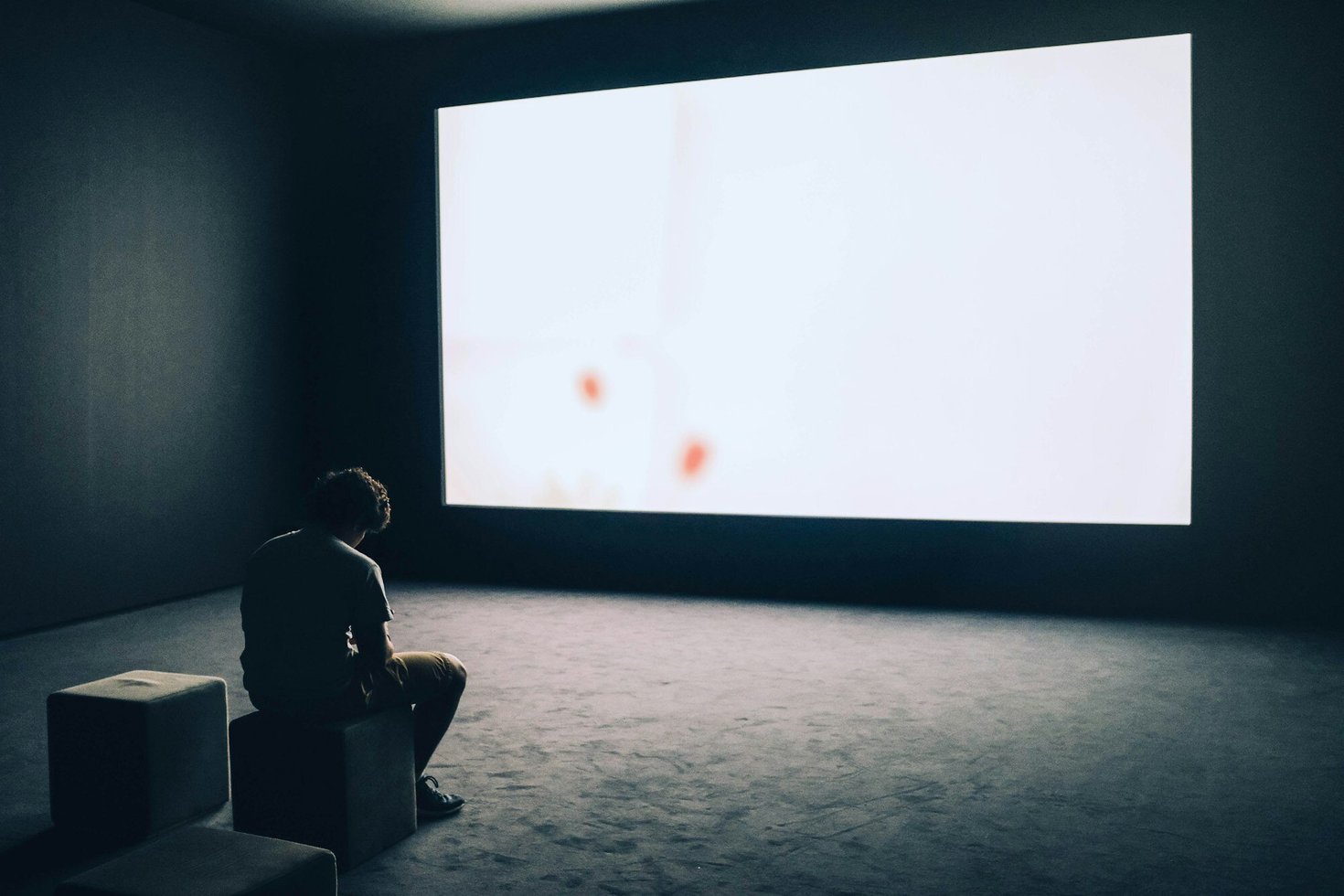Have you ever considered what you could accomplish with an extra twenty years? Twenty years is enough time to climb Mount Everest, sail the world's oceans, and watch a newborn grow into an adult. And yet twenty years is also how much time people spend in front of their screens today.
Internet users spend an average of seven hours a day using the internet. That's a huge amount of time to spend in front of screens, and it shows how they have come to rule our lives. They make it surprisingly easy for two decades of time to slip through our fingers, one click, swipe, and scroll at a time.
But people are waking up to it. They're starting to understand how much time they're spending in front of screens, and they want to change. Digital minimalism is on the rise.
What Is Digital Minimalism?
Cal Newport is best known for his book Deep Work, where he shares his insights on productivity and culture. In 2019, Newport published another book titled Digital Minimalism. In this book, he explores our relationship with digital tools, pushing for a more intentional approach interacting with them.
Traditional minimalism wants to improve your wellbeing by reducing physical clutter and possessions. Similarly, digital minimalism wants to improve your wellbeing and your focus by decluttering your digital life. Newport's book lays out several strategies that promote thoughtful engagement with technology, so it serves us and not the other way around.
How to Practice Digital Minimalism
1. Digital Declutter: Take a month off from non-essential digital tools. After thirty days, reintroduce only what you genuinely missed and what aligns with your values.
2. Time-blocking: Plan your day in blocks. This helps you focus on one task at a time, reducing the urge to drift into digital distractions. Allocate specified time blocks for important digital activities to ensure mindful, regulated consumption.
3. Enjoy the Outdoors: Spend time outdoors without your phone. This not only rejuvenates but also reconnects you with the physical world. Taking a long walk can be a profound tool for reflection, idea generation, and mental clarity.
4. Conversation Office Hours: Instead of always being available, set specific times when you're open for deep conversations. Personal chats, work-related discussions, whatever. Make your availability known so people know when to contact you.
5. Join the Attention Resistance: Reclaim your autonomy by sharing your attention intentionally. A good way to do this is to delete certain applications from your phone to use them only on a desktop PC. You can also turn off notifications, embrace periods of solitude, and actively seek high-quality leisure activities that don't involve screens.
6. High-Quality Leisure Time: To counterbalance screen-dominated routines, engage in physical hobbies. Try to incorporate non-digital activities like woodworking, cooking, painting, learning an instrument, or even just general tinkering. These activities offer a rich connection to the tangible world and shifts focus from passive digital consumption to active, sensory-rich creation.
7. Seek Solitude: Carve out moments for solitary reflection without digital interruptions. Whether it's through meditation, journaling, or simply sitting quietly, these moments of disconnection allow for clearer thinking and emotional grounding. Regularly dedicating time to disconnect from external inputs nurtures a space for deep introspection, which can provide invaluable insights into yourself and your priorities.
Digital Minimalism for Software Engineers
As software engineers, we're in a unique position. Our work pushes technological boundaries, creates new digital realms, and often seeks to capture the user's attention. But there's a profound lesson we can learn from digital minimalism: The best user experiences do not always offer the best human experiences.
It is important to shape digital interactions that are not just engaging but also beneficial to the user's life. By aligning our designs with the principles of digital minimalism, we can create software that truly respects the user's time and cognitive space. Imagine a world where apps and platforms empower users, offer genuine value, enable meaningful offline experiences, and promote ethical practices.
This might seem paradoxical. How can we embrace digital minimalism while innovating in the digital space? But it's entirely possible. We can be at the forefront of a movement that not only champions technological advancements but also emphasizes the importance of elevating the human experience through technology.
Whether you are coding the next big app or sending out a tweet, strive to make your digital interactions meaningful. Next time you have that knee-jerk reaction to check your phone or catch yourself doomscrolling on social media, pause and consider if this action truly enriches your life. Sometimes less really is more.



